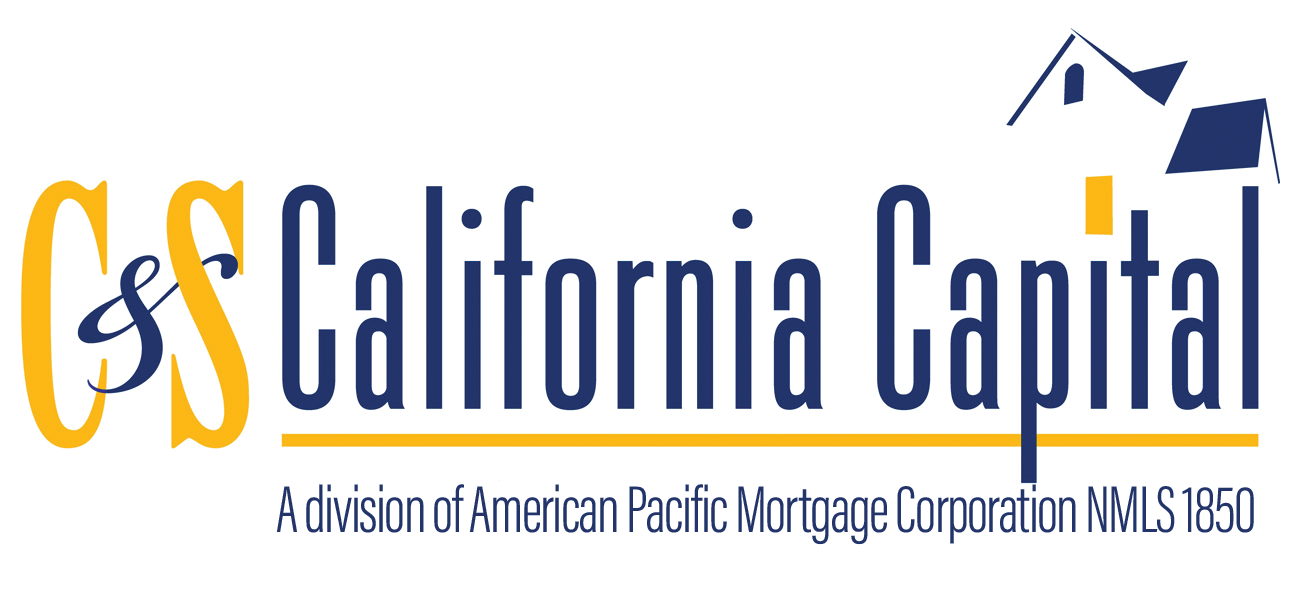Interest Rates VS APR
Often times consumers see the APR and think, “That was not the rate they gave me.” And they are correct. The APR is actually the cost of the loan over the life of the loan. What that means is that it takes into account the interest rate, closing costs, and mortgage insurance (if applicable), then expresses it as a percentage over the term of the loan.
Closing Costs
Closing costs are fees incurred during a real estate transaction and paid at the time of closing. Closing costs include, but are not limited to, escrow and title fees, loan origination charges, points, appraisals and inspections, pre-paid and pro-rated items, etc.
Mortgage Insurance
Mortgage insurance is required on FHA and Conventional loans with less than 20% down payment. Mortgage insurance is designed to protect the lender in the event of default.
FHA loans are insured by the Government and require an upfront mortgage insurance premium (UFMIP) as well as monthly mortgage insurance (MMI). Depending on how much you put down and your credit, the MMI rate may change.
Private mortgage insurance (PMI) is required on conventional loans and there are a few options that will affect your monthly payment in different ways. Two of the more popular options are lender paid mortgage insurance (LPMI) and borrower paid mortgage insurance (BPMI). With lender paid mortgage insurance, the lender buys out the mortgage insurance at the beginning of the loan, resulting in no monthly fees. Borrower paid mortgage insurance can be bought out at the beginning of the loan or paid monthly.
Funding Fee
VA loans are guaranteed by the Department of Veteran Affairs and require a funding fee at the beginning of the loan. Some veterans may be exempt from paying the funding fee, which would be reflected on their Certificate of Eligibility.
Impound/Escrow Account
An impound or escrow account is an account set up by the lender to collect and distribute homeowner’s insurance, mortgage insurance, and property tax payments when they are due. There are some loan programs that require an impound account and some loan programs that give you the option of having one or not.
LTV
Loan-to-value usually expressed as a percentage and used as an assessment of lending risk. The higher the loan-to-value, the higher the risk for the lender.
DTI
Debt-to-income ratio is a comparison between your monthly debt obligations and your gross monthly income. Each loan program has a guideline for acceptable debt-to-income ratio.

